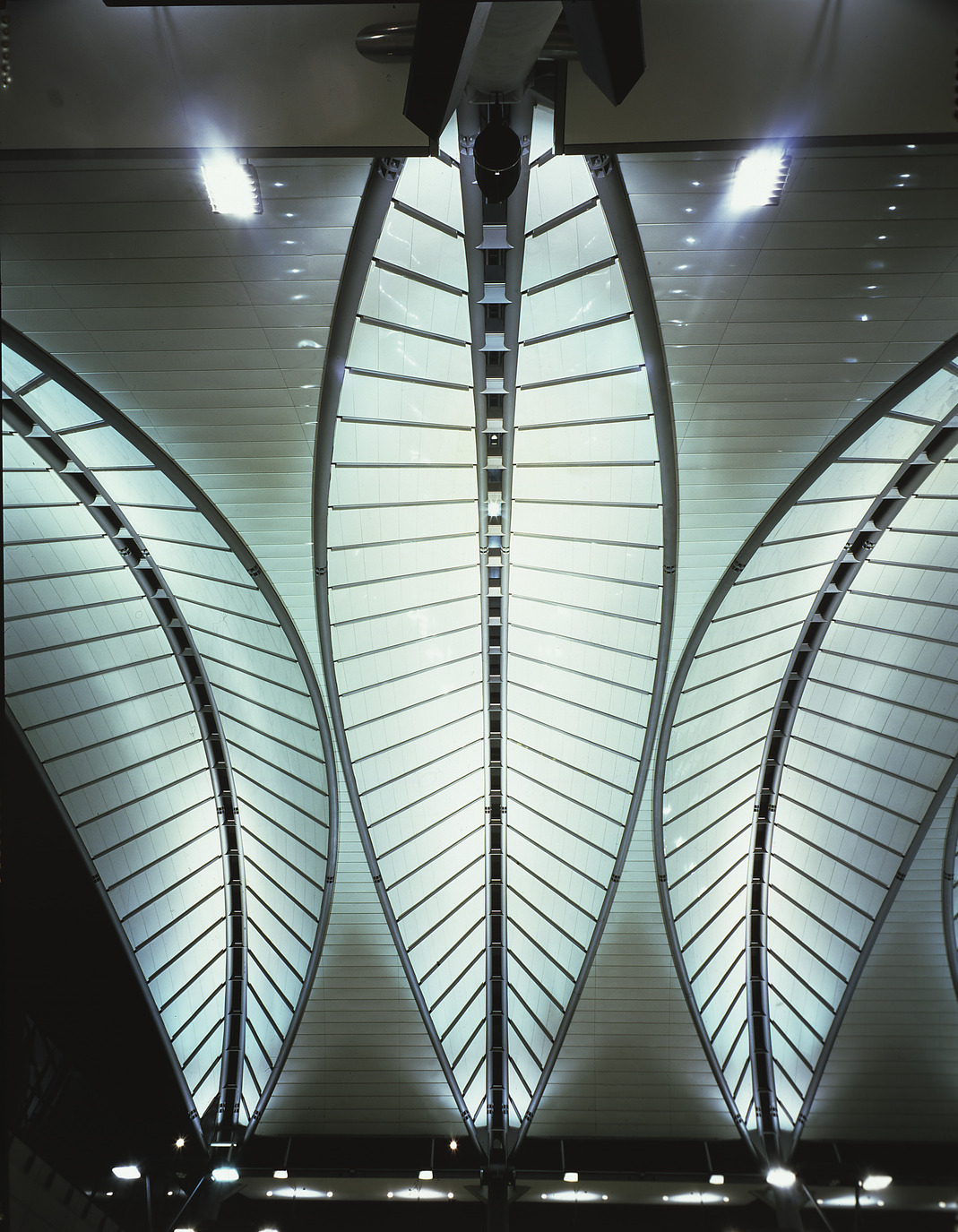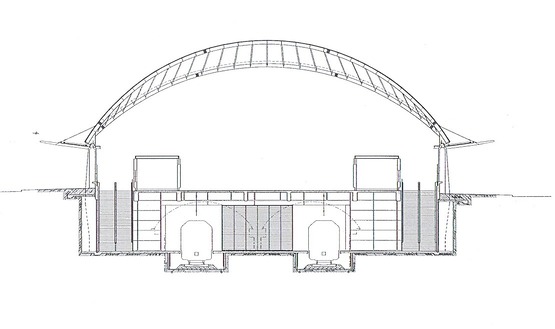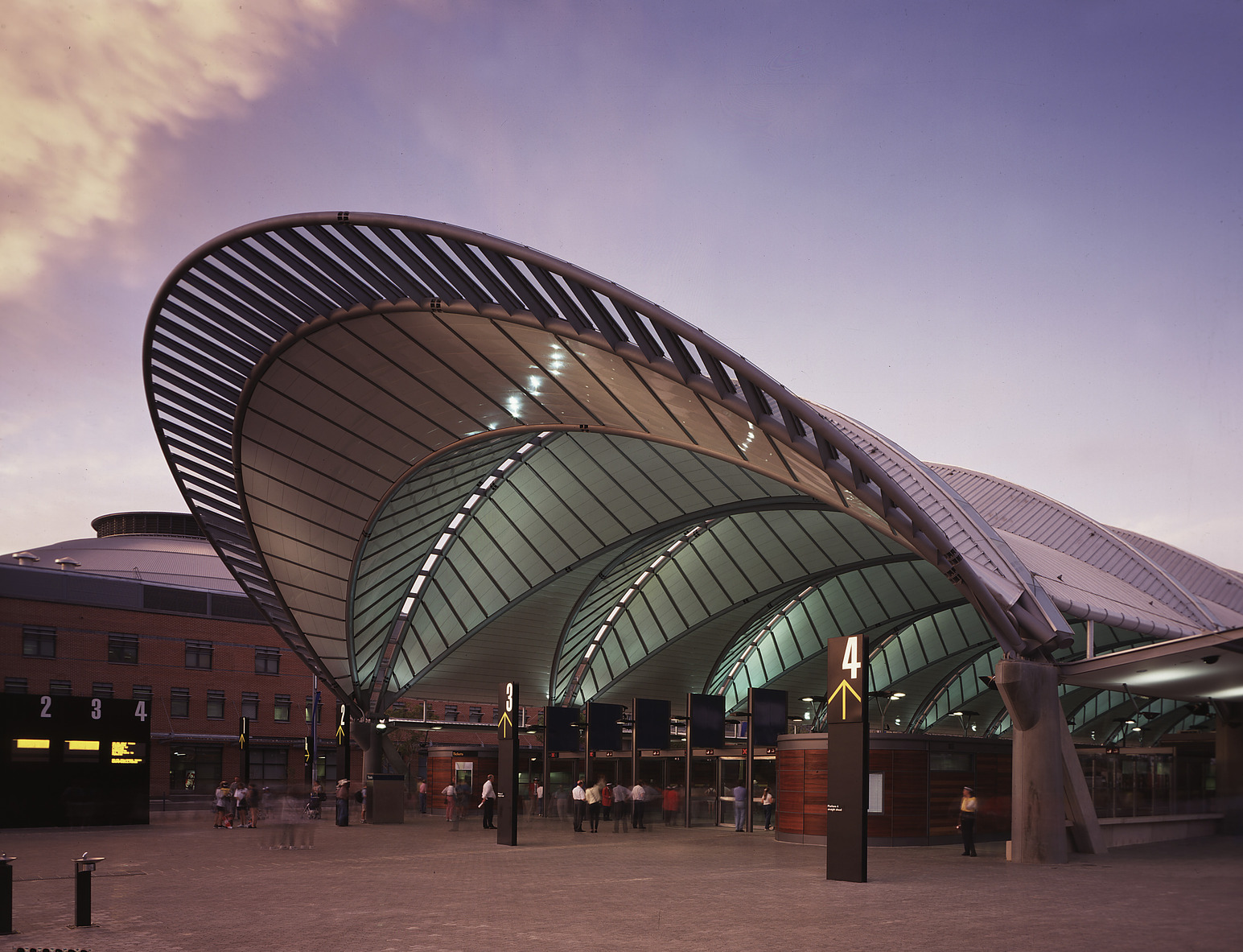Olympic Park Station | Hassell, Ken Maher, Rodney Uren, Geoff Crowe, Robin McInnes, William Smart, Andrew Cortese, John Woodman, Mano Ponnambalam, Vanessa Yee, Adrian Gotlieb, Michelle McSharry, Chris Thomas and Ross de la Motte.

2023 National Architecture Awards Program
Olympic Park Station | Hassell, Ken Maher, Rodney Uren, Geoff Crowe, Robin McInnes, William Smart, Andrew Cortese, John Woodman, Mano Ponnambalam, Vanessa Yee, Adrian Gotlieb, Michelle McSharry, Chris Thomas and Ross de la Motte.
Traditional Land Owners
Year
Chapter
New South Wales
Category
Photographer
Project summary
Before the 2000 Olympic games, I remember visiting Sydney Olympic Park aquatic centre, with my school aged children, arriving at Concord West Station, then promenading through Bicentennial Park. On the day of our first visit to Olympic Park Station, I was full of excitement and anticipation. Sydney and Australia at that time, didn’t have railway station “boom” moments associated with station design, nothing to compare with Circular Quay and Milsons Point stations, as memorable places of arrival.
Olympic Park Station has this and more. The transition from the tunnel to the light bathed subterranean platform is wonderful. The gentle and captivating introduction of light interspersed along the length of the roof canopy companioned with light from the sides along the street edges is lovely.
2023 National Architecture Awards Accolades
Sydney Olympic Park Station is an enduring illustration of public architecture having a symbolic, functional and generative role in its urban context. Initially the arrival place to the Sydney Olympic Games, the station has become pivotal to the diverse uses and urban character of Sydney Olympic Park.
The initial design brief to accommodate high traveller volumes, is well resolved through station planning and operational management. Sequentially sized spaces, managed pathways, ramps, and lift access deliver large crowds comfortably to and from the station. Glass lifts and wide, long ramps assist in CPTED, equity and universal access.
The concrete and steel structure is refined in its design and execution and has weathered well. This is an enduring piece of well detailed architecture.
The design parti of a canopy roof over a subterranean station connects all levels with light, air and views. Arrival from the tunnel into the space is inspirational. The spatial sequence from station to Olympic facilities is ceremonial. Lines of sight from one end of the station to the other connect the pedestrian to spaces beyond, dissolving the distinction between station object and surrounding urban spaces.
Sydney Olympic Park Station celebrates a memorable cultural event and endures as an exemplar of generative urban architecture.










